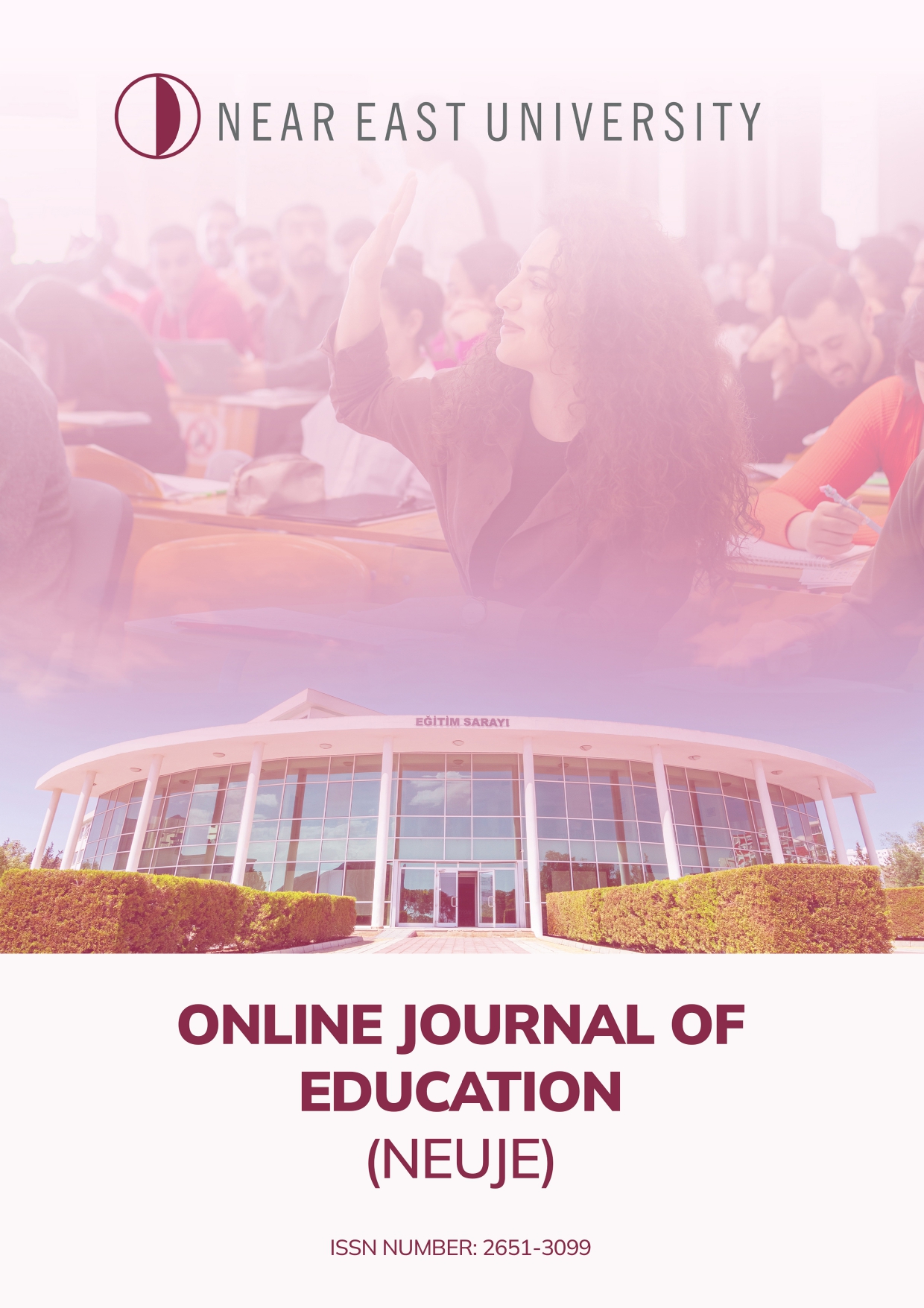GAMIFICATION IN COMPUTER SCIENCE COURSES: A LITERATURE REVIEW
DOI:
https://doi.org/10.32955/neuje.v4i2.345Keywords:
Gamification, Motivation, Computer Science Course, Elements of gamification, Higher educationAbstract
The complicated, boring problems in computer science learning make them lack motivation during the COVID-19 pandemic. The further exciting and appealing educational setting is the more significant learners' participation in the learning challenge. A traditional setting was not appealing too much, creating a dull environment that has no learning motivation. Gamification is often used as an instrument for motivating learners and increasing their commitment. A study analyzes several previous research types in this field to assess gamification's effect on higher education students in a computer science course. The results conclude that gamification enhances the interest and encouragement of the learners. Also, it improves computer science curriculum training and knowledge of a complicated topic, providing learners with optional barriers. While they are beneficial, pedagogical games may have drawbacks that impact either emotionally and physically learners. The most popular gamification elements used during computer science classes were badges, leaderboards, score, level, and feedback. They were the most commonly known feature of the game in learning computer science. Implementing components of gamification in education is a resource that can motivate learners in computer science education. Gamification can give positive outcomes for student's achievement and the teaching and learning process framework, which teachers increasingly accept. Further research is required to determine if this transforms into an effect on finished performance and governs particular group impacts. Students' academic achievement and results in the computer science curriculum must develop a broader amount of knowledge on the utility through gamification.
Downloads
Published
How to Cite
Issue
Section
License
Authors who publish with this journal agree to the following terms:





